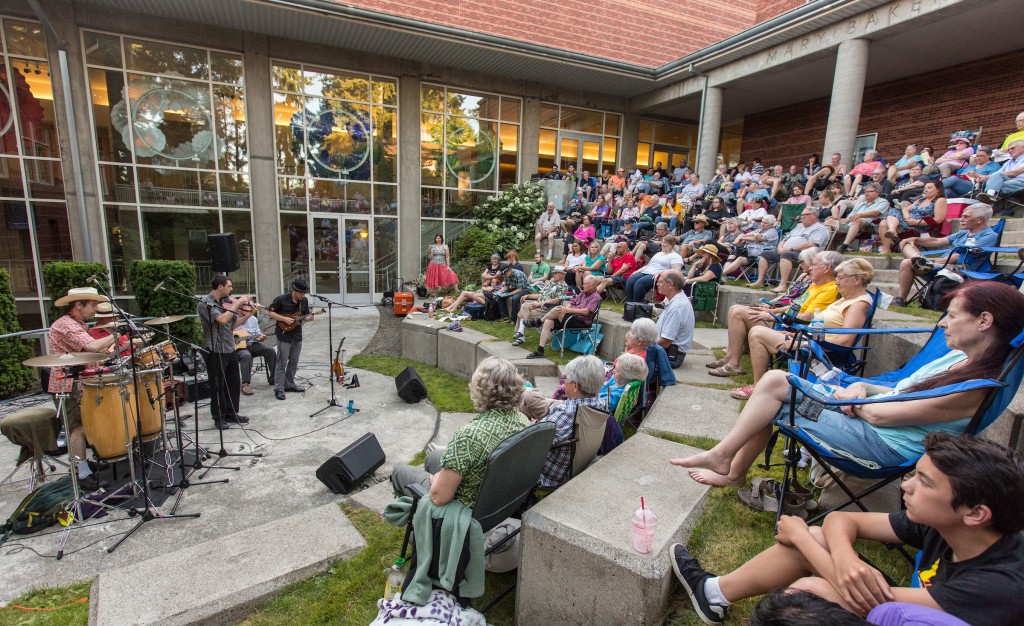Page 29 • (2,775 results in 0.012 seconds)
-
Chinese Studies CHSP 250: Urban Culture in China CHSP 350: Chinese Culture and Society CHIN 301: Composition and Conversation CHIN 302: Composition and Conversation CHIN 371: Chinese Literature in Translation HIST 232: Tibet in Fact and Fiction HIST 338: Modern China HIST 496: Seminar: The Third World (a/y on China)** MUSI 105: The Arts of China POLS 381: Comparative Legal Systems Minor 20 semester hours (eight required, 12 elective) Required Courses: Eight semester hours in Chinese language CHIN 101
-
) focus K-12, Orchestra Concentration, with an Elementary (K-6) or Secondary (7-12) focus Learn More Bachelor of Music in CompositionFor those seeking careers in composition. 84 semester hours.Learn More Bachelor of ArtsA liberal arts degree with a focus in music. A non-music cognate (a minor or second major outside of music) is required. 48 semester hours in Music. Minor Music – General (22 semester hours) A Specialized Minor in Composition, Instrumental, Organ, Piano, Voice or Jazz (32 semester
-
New transcriptions for two players on one organ with two or more manuals and pedal To order copies of any of these transcriptions, please send an email to paul.tegels@plu.edu with info on what you’d like to order and where it should be sent. Copies are $9/volume + mailing cost. For more information, please contact Paul Tegels at paul.tegels@plu.edu Duetto in F Major, Opus 18, J. C. Bach A delightful manualiter composition in two movements for organ using two manuals. Bach JC Duetto Sample
-

Callista Brown Associate Professor of English Email: callista.brown@plu.edu Professional Education Ph.D., Purdue University, 1991 M.A., Butler University, 1982 B.A., Mount Holyoke College, 1971 Areas of Emphasis or Expertise Composition Rhetorical Theory Literacy
Contact Information -

.” Dr. Vianna was invited to give a clinic in the composition/arranging category. Vianna’s clinic, “Brazilian Choro for Jazz Big Band: A Guide for Jazz Composers and Band Directors,” covered an old Brazilian instrumental style that is becoming more popular among American jazz musicians in recent years. Due to a lack of quality material for jazz big band in the style, Vianna shared his experience writing his own arrangements and helping students learn this exciting music style. Faculty participation
-

demonstrated unparalleled contributions to the world of music composition. She has been commissioned an impressive 22 times since 2012 to write music for chamber ensembles and brass orchestras, including her groundbreaking composition “Octave 9: Pale Blue Dot,” commissioned by the Seattle Symphony for their $6.7 million-dollar performance space. Inspired by the prose of Carl Sagan, audio from the Voyager Golden Records, and the imagery of the James Webb Space Telescope, the piece combines stunning visuals
-
Areas of Study Brass Euphonium French Horn Trombone Trumpet Tuba Composition Guitar Harp Jazz Studies Music Education Music History and Theory Organ and Harpsichord Percussion Piano Strings Voice Woodwinds Bassoon Clarinet Flute Oboe Saxophone
-
). Rejoice and SingFeaturing the Choir of the West, University Chorale and University Singers. Steeped in rich tradition, the PLU Christmas Festival Celebrations are held each year before enthusiastic crowds in Seattle, Portland and on the campus of PLU. We are proud of this recording made to capture the seasonal beauty of PLU’s choral excellence. It was an honor to premiere the wonderful composition Hodie Christus natus est, composed by our own Dr. Richard Nance. Also featured are familiar seasonal
-

native of Memphis, Tennessee, mentored by jazz piano great James Williams. He studied composition with Donald Freund and Jonathan Kramer, and ethnomusicology with David Evans. Dr. Deacon-Joyner came to western Washington from the University of North Texas in Denton, where he held the position of Associate Professor of Jazz Studies from 1986 to 2000. He received his Bachelor’s degree in composition and Ph.D. in ethnomusicology from the University of Memphis, and his master’s degree in composition from
-

talked a lot about the technical aspects of camera work relating to dance films and dancing for the camera. I used the information I gained from the master class and applied it to my classwork, especially the dance film final project for Composition and Choreography. It helped me think about how to both choreograph and dance for a camera and how this is different than dancing on a stage. —Brooke Nelson ’23, Dance minor Though the circumstances of the year are not what any of us would have chosen, I
Do you have any feedback for us? If so, feel free to use our Feedback Form.


